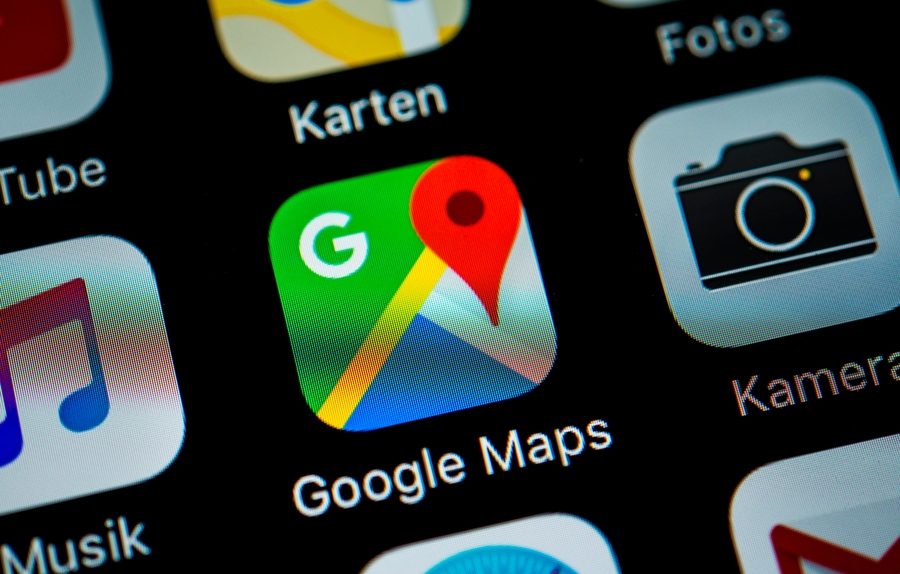A sketchy practice is becoming more commonplace on Google Maps involving companies hijacking legitimate business listings in order to make you think that you’re contacting the actual business. The Wall Street Journal brought this practice to light in a new report, and the paper estimates there are about 11 million “falsely listed businesses” on any given day on Google Maps.
This is especially unfortunate because it comes at a time when Google is trying to turn its proprietary maps application into a robust multi-featured service that, in addition to helping you navigate, can also serve as a kind of Facebook-lite tool for businesses. Those businesses can create Facebook-style “pages” within the app that users can “follow” and use to see a rich amount of detail, such as hours of operation, photos, address and phone number and customer reviews.
Even more important, from Google’s perspective, is that it wants to start making more money from the app. It’s started slotting more ads into the app, so, naturally, it wants as many people as possible using the app — something that having millions of false listings isn’t exactly conducive to.
Google apparently tries to stamp out such false listings by calling or mailing a postcard to businesses to check if they’re legitimate, but this isn’t too difficult to get around. Most of the listings involving businesses that aren’t where they say they are, according to the Journal, are for things like repairmen and car towing services. Google even has a name for these — “duress verticals.” That’s because customers tend to use them in an emergency when they don’t have the time to check on legitimacy.
Needless to say, there are consequences to all of this that can be downright frightening. The newspaper’s report includes the example of a retired federal employee who used Google Maps to find a repair service to help fix her stuck garage door.
The woman called what she thought was a legitimate business. The man who arrived, however, wasn’t the company contractor he claimed to be. Per the Journal, he worked on the garage door and charged her nearly $730 — almost twice as much as she’d been charged previously for a similar repair. He demanded cash or a check, but she refused and quickly began to get scared. He eventually came back multiple times to her home demanding payment.
“I’m at my house by myself with this guy,” she told the Journal. “He could have knocked me over dead.”








